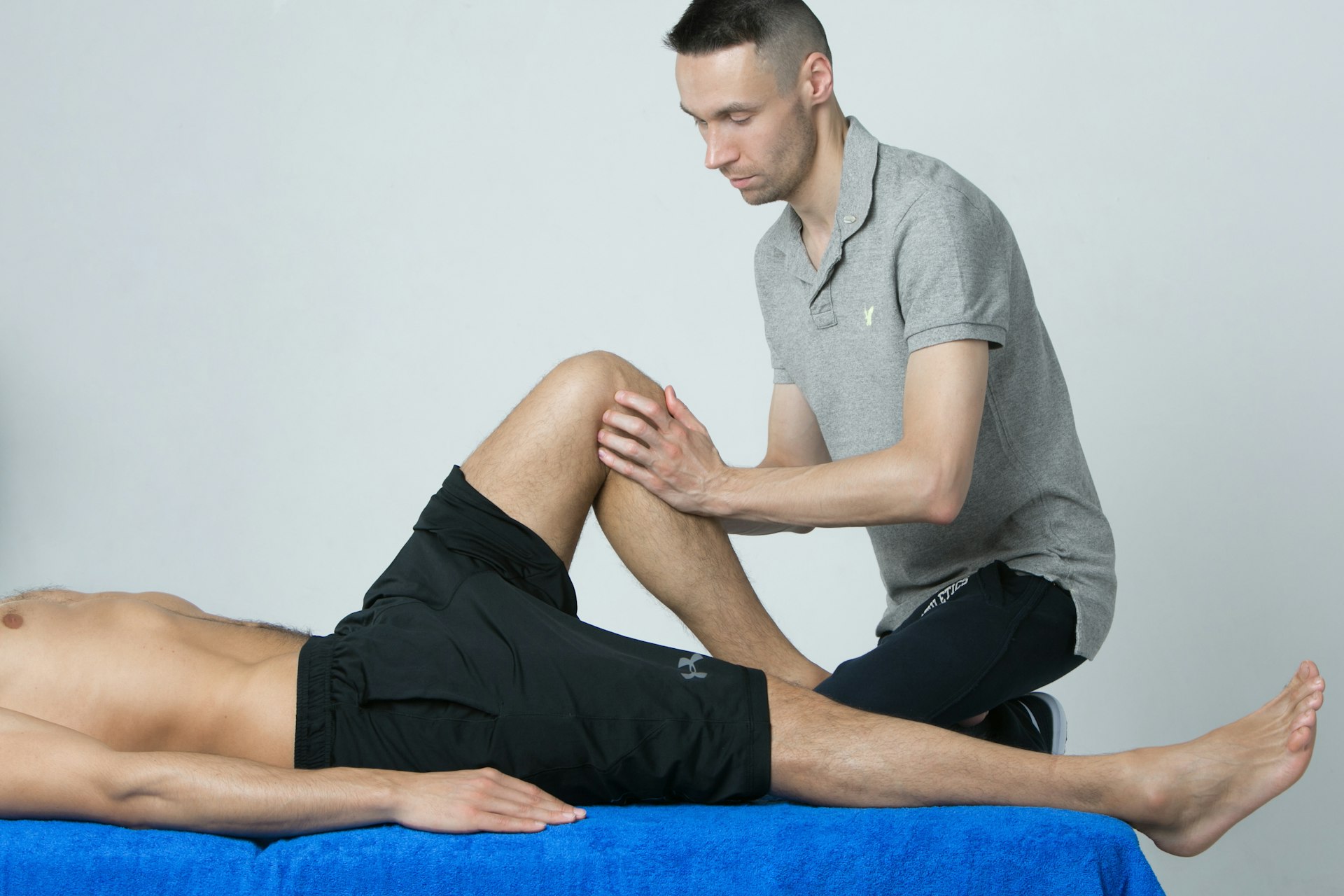Low-Impact Workouts: Your Pathway to Hormonal Balance and Sustainable Health

Photo by Aleksander Saks on Unsplash
Introduction: Why Hormonal Balance Matters
Hormonal balance plays a pivotal role in overall health, influencing everything from mood and energy to metabolism and reproductive function. For women especially, hormones like estrogen, cortisol, and thyroid hormones fluctuate throughout life and can be affected by lifestyle choices, including exercise. Choosing the right type of workout is important for supporting hormone health and preventing the adverse effects that come with imbalances, such as fatigue, weight gain, and irregular cycles. [1]
What Are Low-Impact Workouts?
Low-impact workouts are exercises that minimize stress on joints and connective tissue, making them especially suitable for people of all ages, fitness levels, and those experiencing hormonal fluctuations. Examples include walking, yoga, Pilates, swimming, cycling, and gentle strength training. [2] These workouts raise your heart rate enough to provide cardiovascular and metabolic benefits without the excessive strain associated with high-impact activities.
How Low-Impact Workouts Support Hormonal Balance
Gentle movement can actively reduce cortisol, the stress hormone. When cortisol stays elevated-due to stress or intense exercise-it can disrupt the balance of other hormones, including estrogen. Keeping exercise low-impact helps your body regulate itself, leading to increased relaxation, improved sleep, and higher energy levels. [1] For women, this is especially critical during certain phases of the menstrual cycle or times of hormonal transition.
High-impact training, while beneficial in moderation, can elevate cortisol and disrupt thyroid and estrogen levels if overdone. Conversely, low-impact activities are easier on the joints and less likely to cause inflammation, which also supports hormone health. [3]
Cycle-Syncing: Matching Workouts to Your Menstrual Phases
Women can maximize results and comfort by aligning their exercise routines with the phases of their menstrual cycle. During the luteal phase (days one to five), low-impact movement is ideal to prevent excessive strain. [2] Being attuned to your body’s rhythms helps you avoid pushing through fatigue and stress, which can further disrupt hormone balance.
Types of Low-Impact Workouts and Their Benefits
Yoga
Yoga not only enhances flexibility, core strength, and stability, but also supports hormonal balance through stress reduction and nervous system regulation. Certain poses-such as Bridge, Cobra, and Child’s Pose-stimulate the endocrine system and help reduce cortisol. Regular yoga practice is linked to improved mood, better sleep, and more balanced hormone profiles. [4]
Pilates and Barre
Pilates and Barre focus on controlled movements that strengthen muscles and improve posture. These forms are gentle on joints, help maintain bone density, and are particularly beneficial for women as they age and experience natural hormone shifts. [2]
Walking
Walking is a universally accessible form of exercise that gently moderates hormone levels and supports cardiovascular health. It’s sustainable, suitable for all fitness levels, and can be performed daily for consistent benefits. [4]
Strength Training
Gentle strength training using body weight or light resistance can stimulate muscle growth, enhance metabolic health, and support bone density. The Centers for Disease Control and Prevention (CDC) recommends incorporating two days of strength training weekly for optimal health benefits. [4]
Swimming and Cycling
Both swimming and cycling are full-body workouts that minimize joint impact while improving cardiovascular endurance. These activities can be tailored to individual fitness levels and hormonal needs, making them excellent choices for sustainable health.

Photo by Brett Jordan on Unsplash
Practical Steps for Implementing Low-Impact Workouts
To get started with low-impact workouts for hormonal balance, follow these steps:
- Assess your current fitness level and consult with a healthcare provider if you are experiencing significant hormonal symptoms such as irregular cycles, fatigue, or mood swings.
- Identify your cycle phase if applicable, and choose activities that match your energy and comfort level. For instance, opt for yoga and walking during times of low energy or heightened hormonal sensitivity. [2]
- Begin with short, manageable sessions -10 to 20 minutes is enough to start reaping benefits. Gradually increase duration and intensity as your body adapts.
- Incorporate variety to prevent boredom and maximize benefits. Alternate between yoga, Pilates, walking, and gentle strength training throughout the week.
- Track your progress and pay attention to how your body feels before, during, and after exercise. Adjust your routine based on comfort, sleep quality, and energy levels.
- Seek professional guidance when needed. Many certified trainers and health professionals specialize in cycle-syncing and hormone-friendly fitness plans. You can search for “hormonal health fitness specialists” or consult local wellness centers for recommendations.
Potential Challenges and Solutions
Some individuals may struggle with motivation or feel that low-impact workouts are less effective. However, research shows that women, in particular, gain significant protection against chronic diseases and injuries through low- and moderate-activity exercises. [2] If you’re transitioning from high-impact routines, start slowly and celebrate improvements in energy, sleep, and mood. If injury or joint pain is a concern, prioritize activities like swimming or yoga, which are especially gentle.
Alternative Approaches for Hormonal Balance
While exercise is key, holistic lifestyle changes can further support hormonal health. These include balanced nutrition, adequate sleep, stress management techniques (like meditation and deep breathing), and regular medical check-ups. If you’re seeking more comprehensive support, look for practitioners in integrative or functional medicine who can tailor lifestyle recommendations to your needs.
If you are unable to find local resources, you can search for reputable online platforms or visit the official websites of established health organizations. For instance, the Mayo Clinic and the American College of Sports Medicine offer resources on hormone health and exercise. Always confirm the credentials of any professional or program before enrolling.
Key Takeaways
Low-impact workouts are an effective, sustainable way to support hormonal balance, reduce stress, and protect joint health. By listening to your body, aligning exercise with your cycle, and implementing gentle movement practices, you can achieve better energy, mood, and long-term wellness. Remember that consistency and personalization are key-adjust your routine to fit your unique hormonal needs and life stage.
References
- [1] Detox Kitchen (2024). The amazing benefits of movement on hormonal health.
- [2] obé Fitness (2025). Low-Impact Workouts Are Surging-Do They Really Deliver?
- [3] GutPersonal (2024). Embrace Low-Impact Exercise for Hormone Health.
- [4] Allara Health (2025). The Best Exercises for Hormonal Imbalance.
- [5] OnePeloton (2024). 8 Best Low-Impact Workouts to Try.
MORE FROM hotondeals.com













